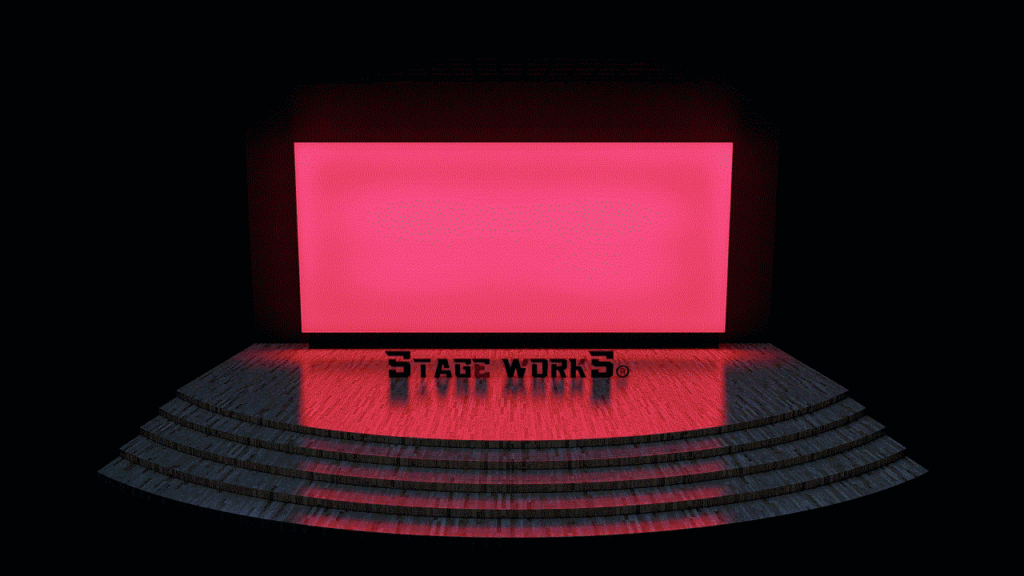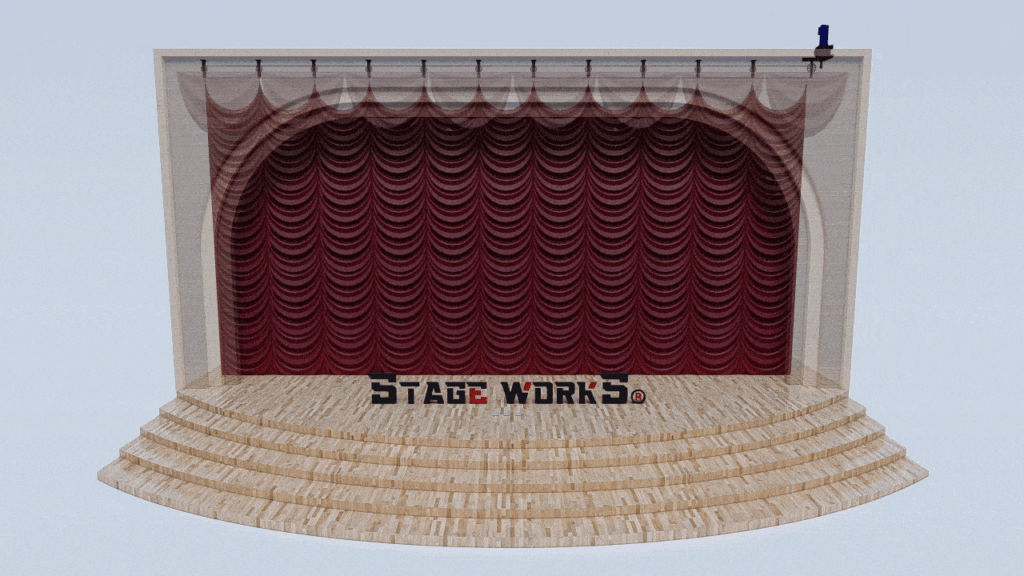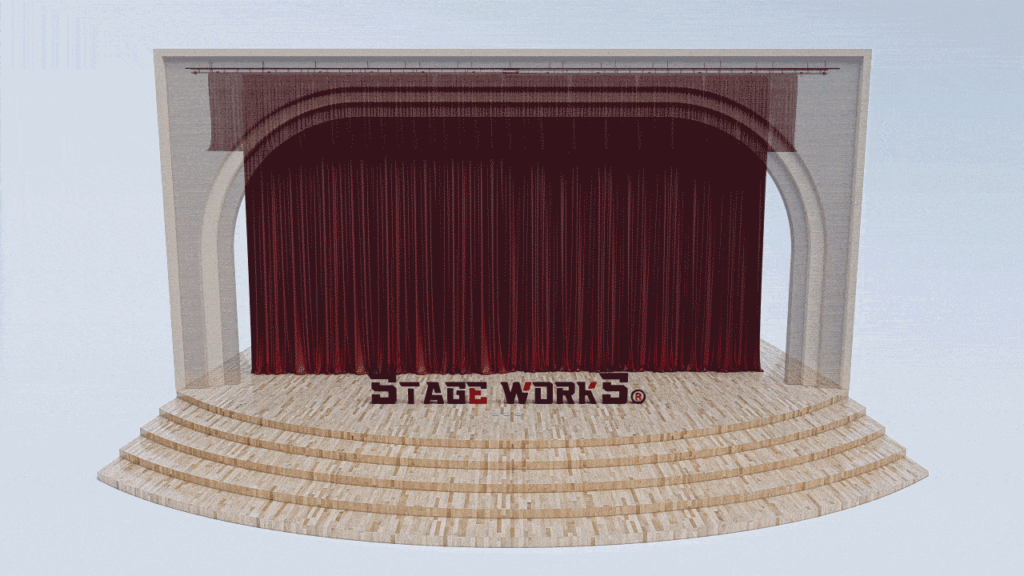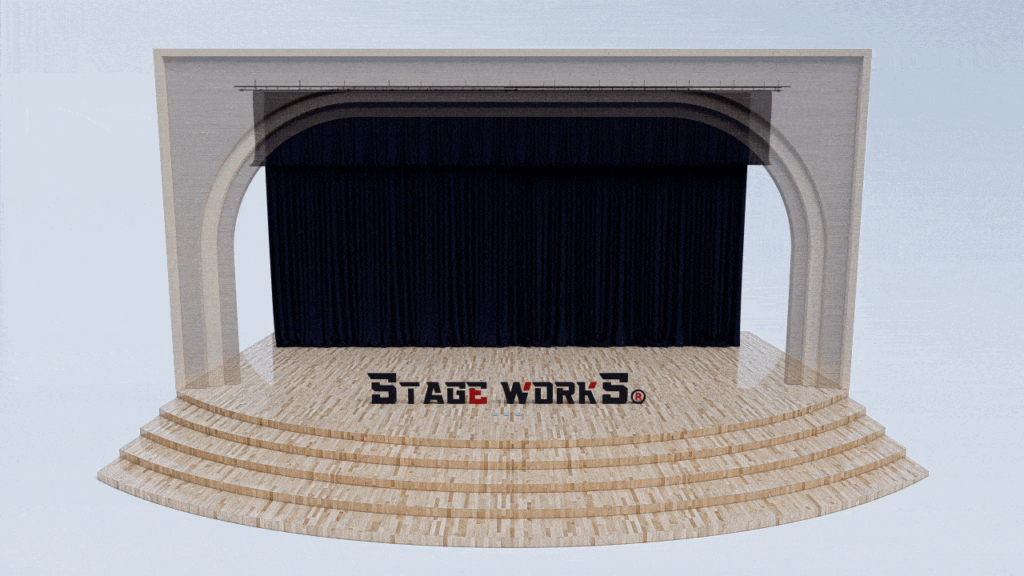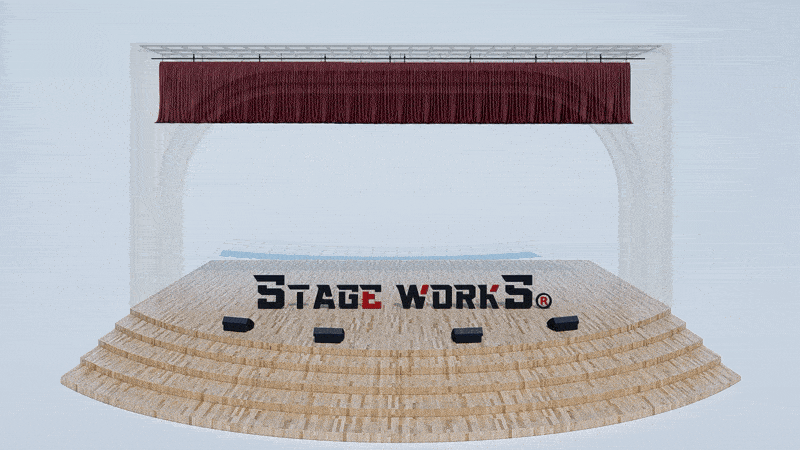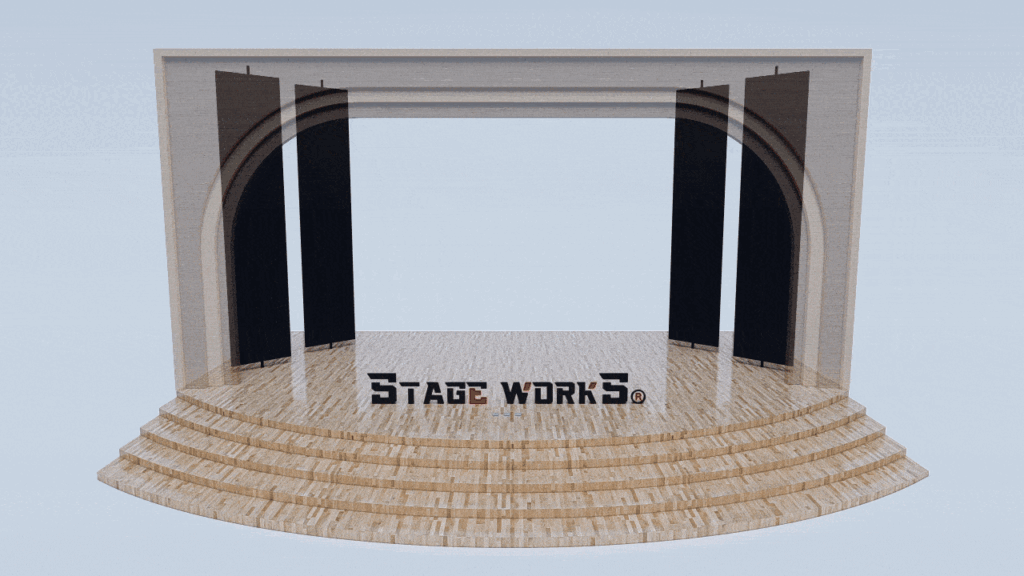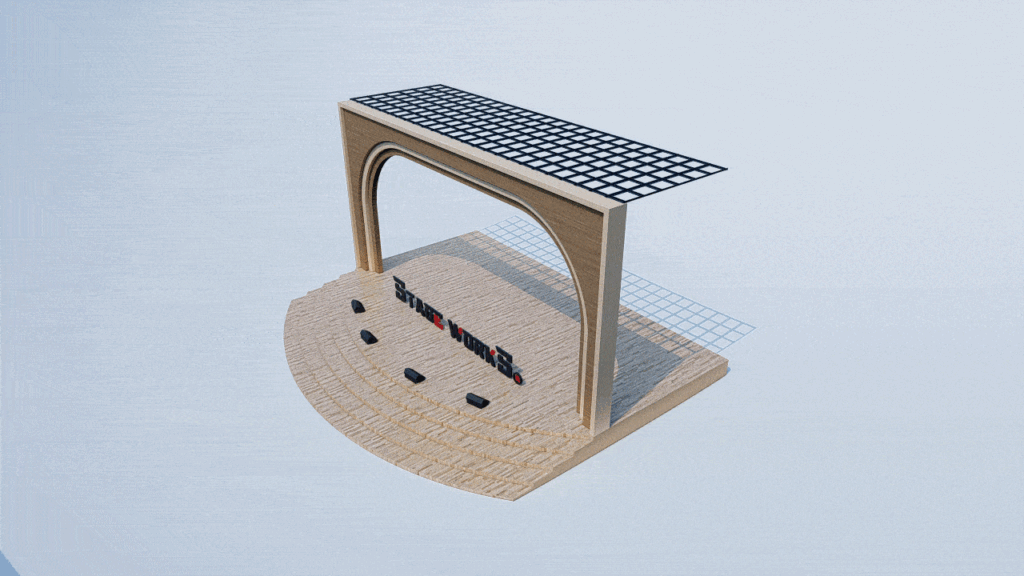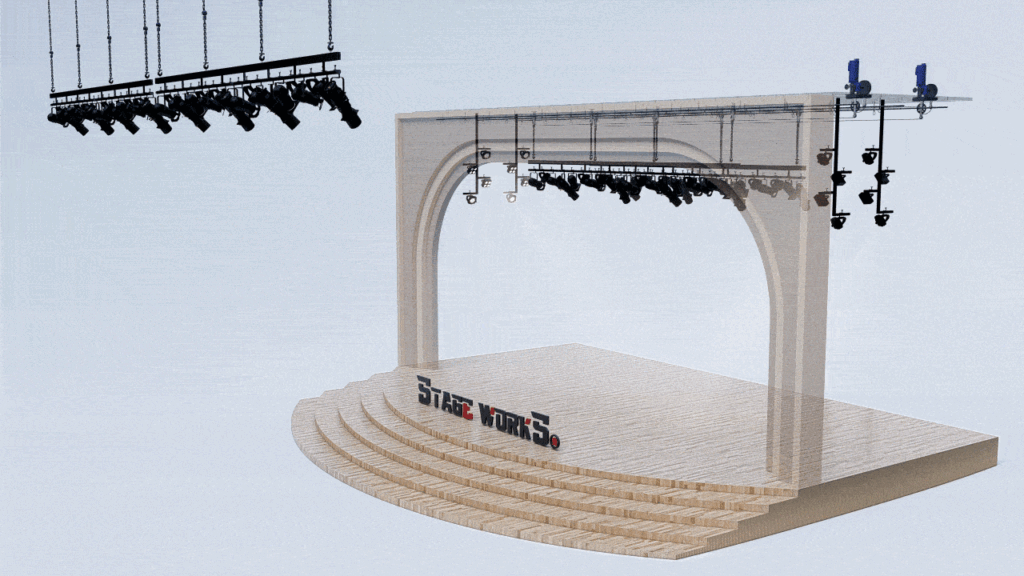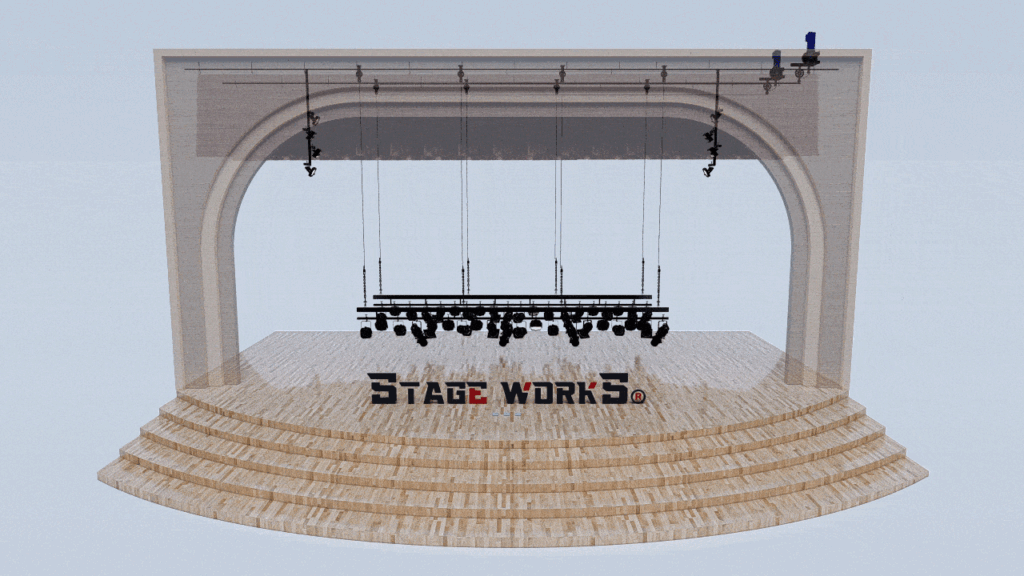Choosing the Perfect Stage Curtain: Fabric, Functionality, & Budget
Selecting the Ideal Fabric for Your Stage Curtains
The fabric you choose for your stage curtains significantly impacts their appearance, performance, and longevity. Consider these key factors:
- Weight and Drape: Heavier fabrics like velvet offer a luxurious look and excellent light absorption, ideal for concealing backstage areas. Lighter fabrics like muslin or scrim are better for translucent effects or scenes requiring visibility through the curtain.
- Light Transmission: Opaque fabrics prevent light bleed, crucial for maintaining visual integrity during performances. Translucent or sheer fabrics allow light to filter through, creating atmospheric effects.
- Fire Retardancy: Safety is paramount. Ensure your chosen fabric meets all relevant fire safety regulations and possesses inherent or treated fire-retardant properties. This is crucial for obtaining necessary permits and ensuring audience safety.
- Durability and Maintenance: Select durable fabrics that can withstand frequent use and handling. Consider ease of cleaning and maintenance; some fabrics are easier to clean than others.
- Color and Texture: Fabric color and texture contribute significantly to the overall aesthetic of your stage. Explore a wide range of colors and textures to find the perfect match for your productions and venue.
Functionality: Beyond Aesthetics
Stage curtains are more than just decorative elements; they serve crucial functional roles. Careful consideration of functionality ensures smooth operations and enhances the performance experience.
- Curtain Tracks and Hardware: Choose durable and reliable tracks and hardware that can smoothly operate heavy curtains. Consider manual or motorized options based on your budget and technical requirements. The right system ensures effortless opening and closing, preventing delays and disruptions.
- Stage Curtain Types: Different curtain types serve different functions. Consider the following options:
- Grand Drapes: The main curtains that often open and close to reveal the stage.
- Travelers: Curtains that move horizontally across the stage, often used for scene changes.
- Backdrops: Large curtains used as scenic elements to enhance the stage setting.
- Cyclorama Curtains: Curtains that create a seamless curved backdrop for lighting effects.
- Automation and Control: Motorized systems offer greater control and precision, simplifying complex scene changes and reducing manual labor. Consider the level of automation that aligns with your needs and technical capabilities.
Budgeting for Your Stage Curtains: A Practical Approach
Budgeting is crucial when selecting stage curtains. Costs vary significantly depending on fabric choice, size, complexity, and automation requirements.
- Fabric Costs: Fabric prices vary widely depending on material, quality, and fire-retardant treatments.
- Hardware Costs: Tracks, pulleys, ropes, and motors significantly impact the overall cost. Motorized systems typically increase expenses but enhance operational efficiency.
- Installation Costs: Professional installation is often recommended, especially for complex curtain systems. Factor in installation costs when budgeting.
- Maintenance Costs: Consider ongoing maintenance costs, including cleaning and potential repairs.
- Prioritize and Allocate: Prioritize your needs. Decide what features are essential and what can be considered later. Allocate your budget accordingly to ensure you get the best value for your investment.
By carefully considering fabric, functionality, and budget, you can choose stage curtains that enhance your performances, meet your technical requirements, and contribute to a successful and memorable theatrical experience. Contact us at stagecurtains.in today for expert advice and a free consultation.



